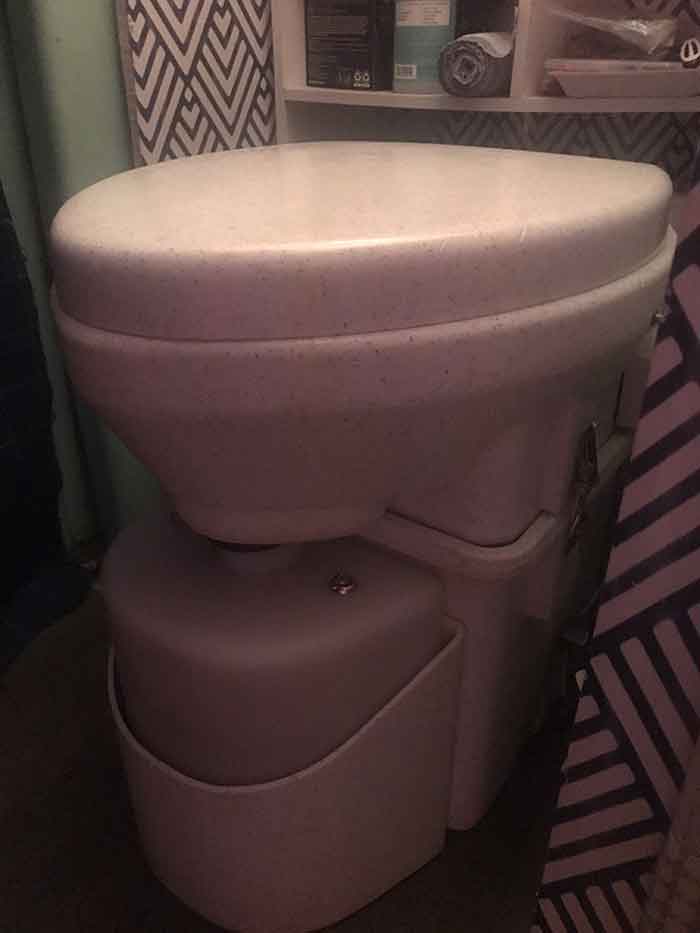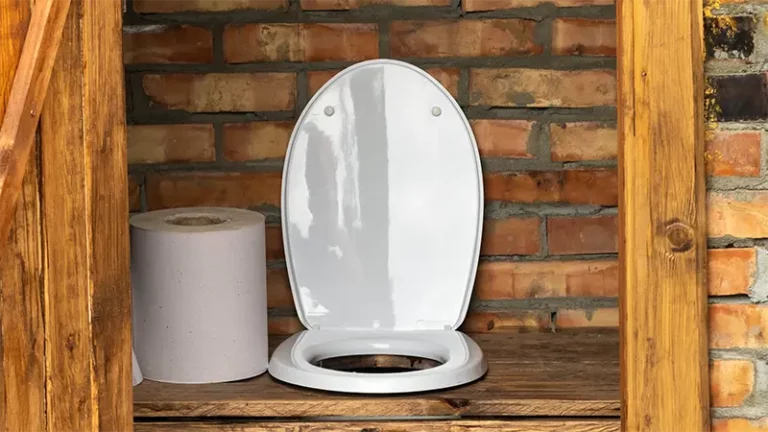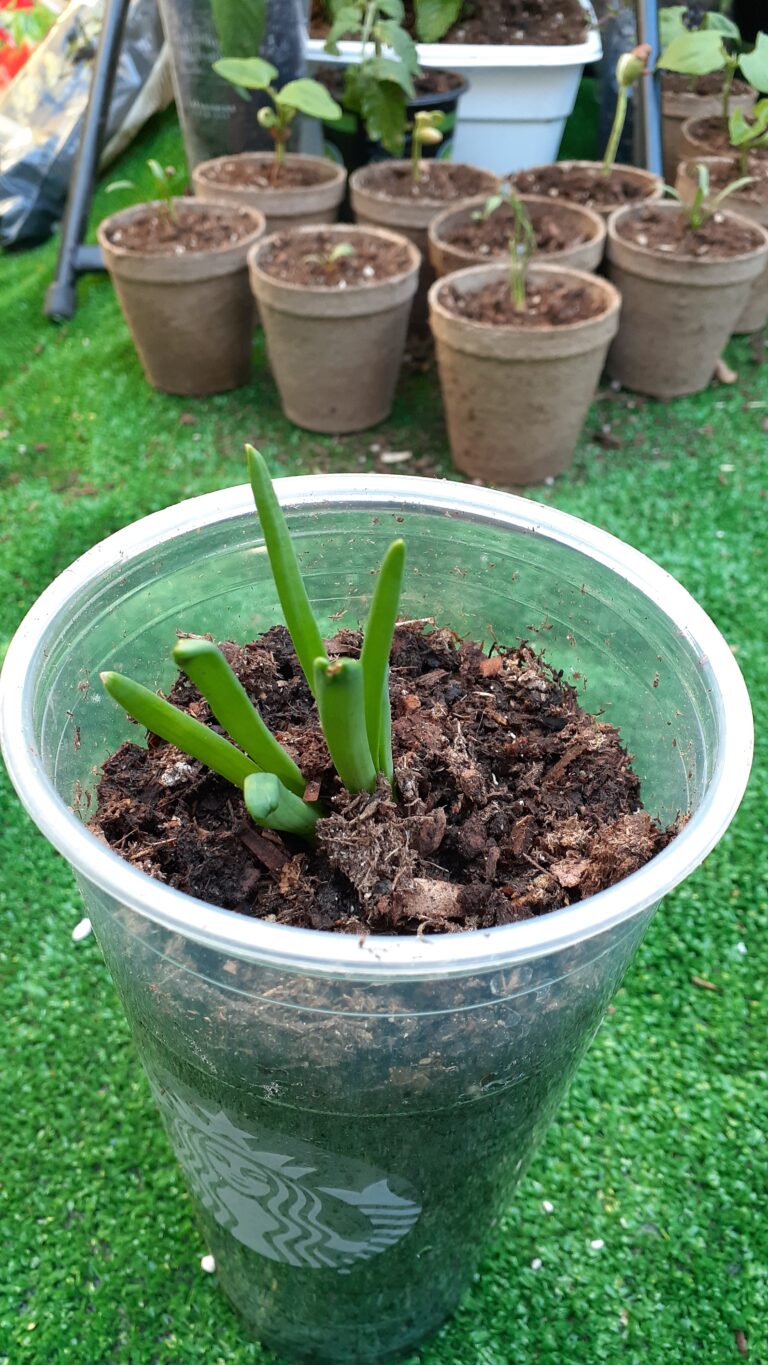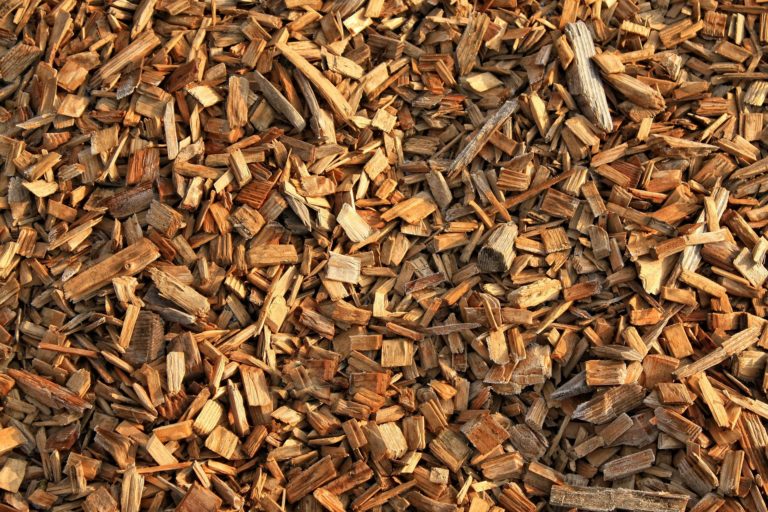Are you thinking of ditching your black water tanks and get a composting toilet? Traveling can be an amazing experience but sometimes it may get you a little “down in the dumps”. I used to travel with waste tanks.. I would do my best to keep it clean and well taken care of.. And I didn’t have too many nightmare dumping experiences, but I did have some… That’s why I changed to a composting toilet!
Ever since I upgraded to a composting toilet I have been a happy camper! It seems a bit of putting at first when you really think about what a composting toilet does.. But once you experience having one in your home for yourself, it’s an easy transition. If you’re thinking about converting to a composting toilet or are just curious; here are some beginner’s tips and some basic composting toilet information.

What is a Composting Toilet?
Simply put, a composting toilet uses natural substrates to break down (or compost) your humane waste without water. These toilets come in many different forms. You could buy a high-end toilet that works great and has all the kinks worked out. But these pre-fab toilets can get pretty pricey. Like the tried and true Natures Head brand composting toilet (this is the one I have on my skoolie) On the other hand, you can even build a very basic composting toilet from a 5 gallon bucket and a toilet seat. While this option may not be the best for every day use, it could be a lifesaver in certain situations.
What Substrates Do Composting Toilets Use?
The substrate is probably to most important part of the composting toilet. The substrate is the natural, organic material that helps dry out a break down the waste you put into it. It’s very important to have a substrate that is light, fluffy and that absorbs a lot of moisture. A well put together composting toilet should always have the urine diverted from the main composting chamber. This helps keep the smell down A LOT! If you let urine mix with the waste and substrate then it will begin to smell quite fowl.. But any excessive amounts of moisture in the chamber can be bad for a composting toilet. You have to find the “happy zone” for temperature and humidity. But what substrate is best for a composting toilet?
There are several options when it comes to using a natural substrate for a composting toilet. The substrate I recommend, and what I use in my toilet daily, is coconut coir. Coconut coir can be found at your local pet store or online. It comes compressed in a “brick”. You just add some water to the brick and it will expand and get “fluffy”. You can purchase coconut coir uncompressed, but it’s nice to have some extra for when you need to replenish your toilet chamber. And the bricks stack very neatly in my skoolie bathroom. But coconut coir can get a bit expensive if you’re using your composting toilet full time.

A bit cheaper of an option is peat moss. Peat moss can be purchased at a local garden supply store or nursery. Peat moss has a similar fluffy texture but I have found that it breaks down and starts composting much faster than when I use coconut coir. There are a lot of options out there when it comes to which substrate to use for your composting toilet. But it’s easy to try a few of the different substates and find what woks best of your specific set up.
How Does a Composting Toilet Work?
All composting toilets work with the same basic principles. You need an organic material that helps your waste break down faster. Composting toilets also need ventilation to help keep the organic material dry, this helps keep the smell down as well. But you also need to keep bugs out! If you use a fine mess screen on your toilet’s vent new the cap this should prevent any nasty bugs and flies from coming in to your home.
Composting toilets work much like a regular garden compost system. As you waste breaks down in the substrate, it begins to heat up. This process of heating and breaking down is what keeps a composting toilet in business. As long as you churn your substrate regularly it should compost fairly quickly and be virtually orderless. That’s right, almost no smell comes from a properly functioning composting toilet!
Why Would I Want a Composting Toilet?

If you’ve ever had to empty a black water (sewage) tank on an RV or Tiny Home or other vehicle, you know how bad the smell can be. And how much of a pain it is to dump the tank at a dump station. You have to have all the appropriate protective gear, chemicals, and maybe even a nose plug!
And even when you’re most prepared, the worst can and will happen at some point when traveling… The dreaded splash back or worse, the hose coming disconnected mid-dump… yep, that’s happened to the best of us. Now, clearly I may still have some resentment for a bad experience I had in my RV. But I can’t fully explain how nice it has been to not need to dump since having my composting toilet..
But you have to dump a composting toilet too, don’t you? Does it not smell just as bad, if not worse, than a black water dump? Yes, you have to dump your composting toilet, it’s not magic. But it is beyond belief how inconspicuous a composting toilet’s oder is. I’m not saying that it doesn’t smell at all. But there are many times that I rather clean out my composting toilet instead of cleaning up my dog’s poop! Just for the lack of smell and ease of disposal, is enough for many people to ditch the black water tanks for a composting toilet in their homes.
Now the composting toilet designs to differ a bit. But with my Natures Head composting toilet all I have to do to dump is take a trash bag and fit it over the lip of the chamber and dump out the well, basically just dirt at this point.
If you’re building a new home on wheels and you are trying to decide whether or not to take the leap to a composting toilet system I hope this helped sway your decision in what ever direction is best for your situation! For some, it’s composting toilets from here on out. For others they’ll stick with their tried and true black water waste tanks and a more “traditional” toilet experience. If you’re interested in the Nature’s Head Toilet here is a link to their official website.








